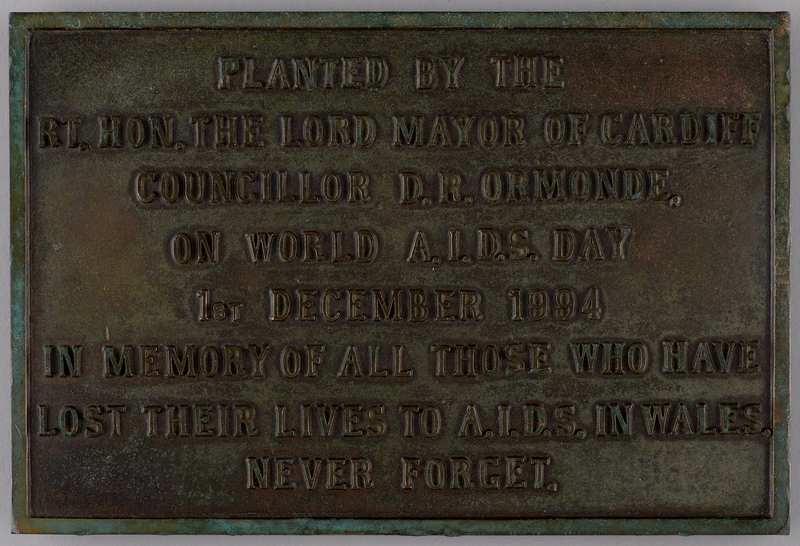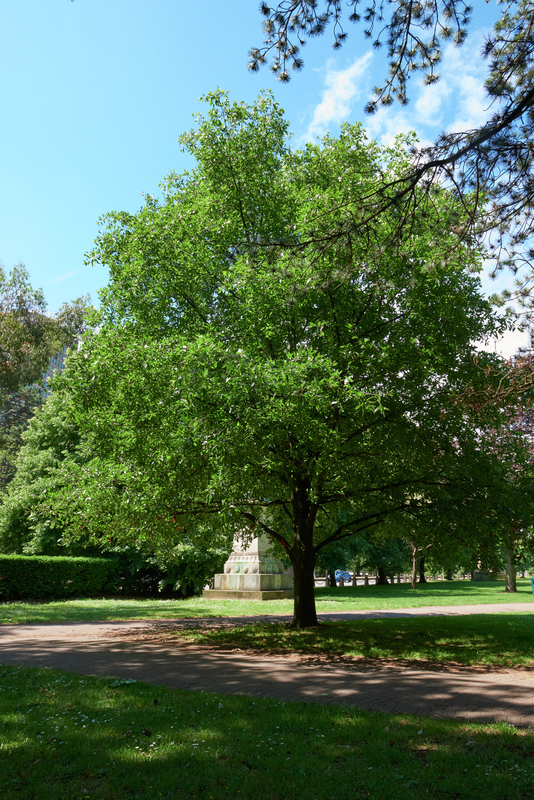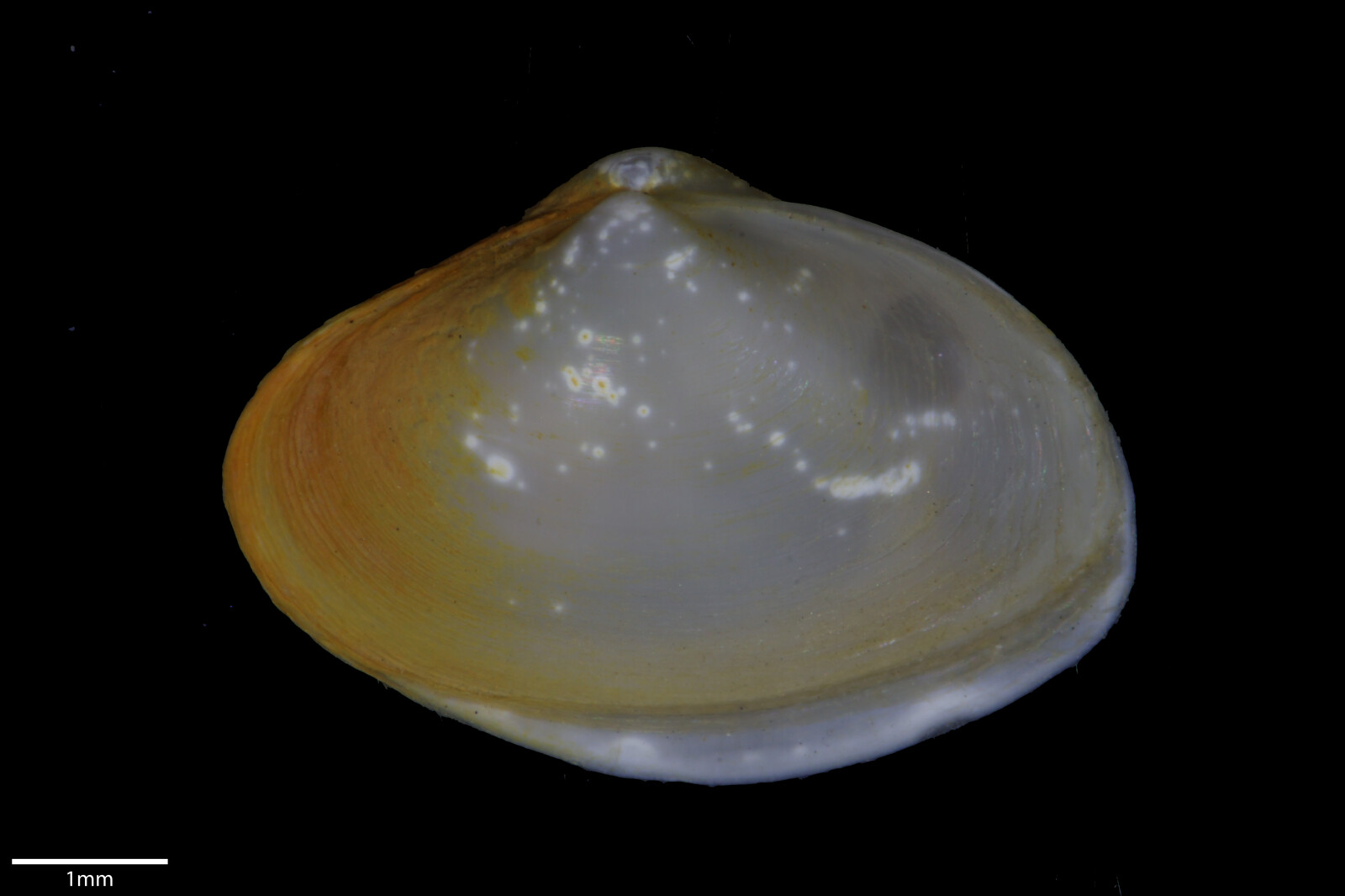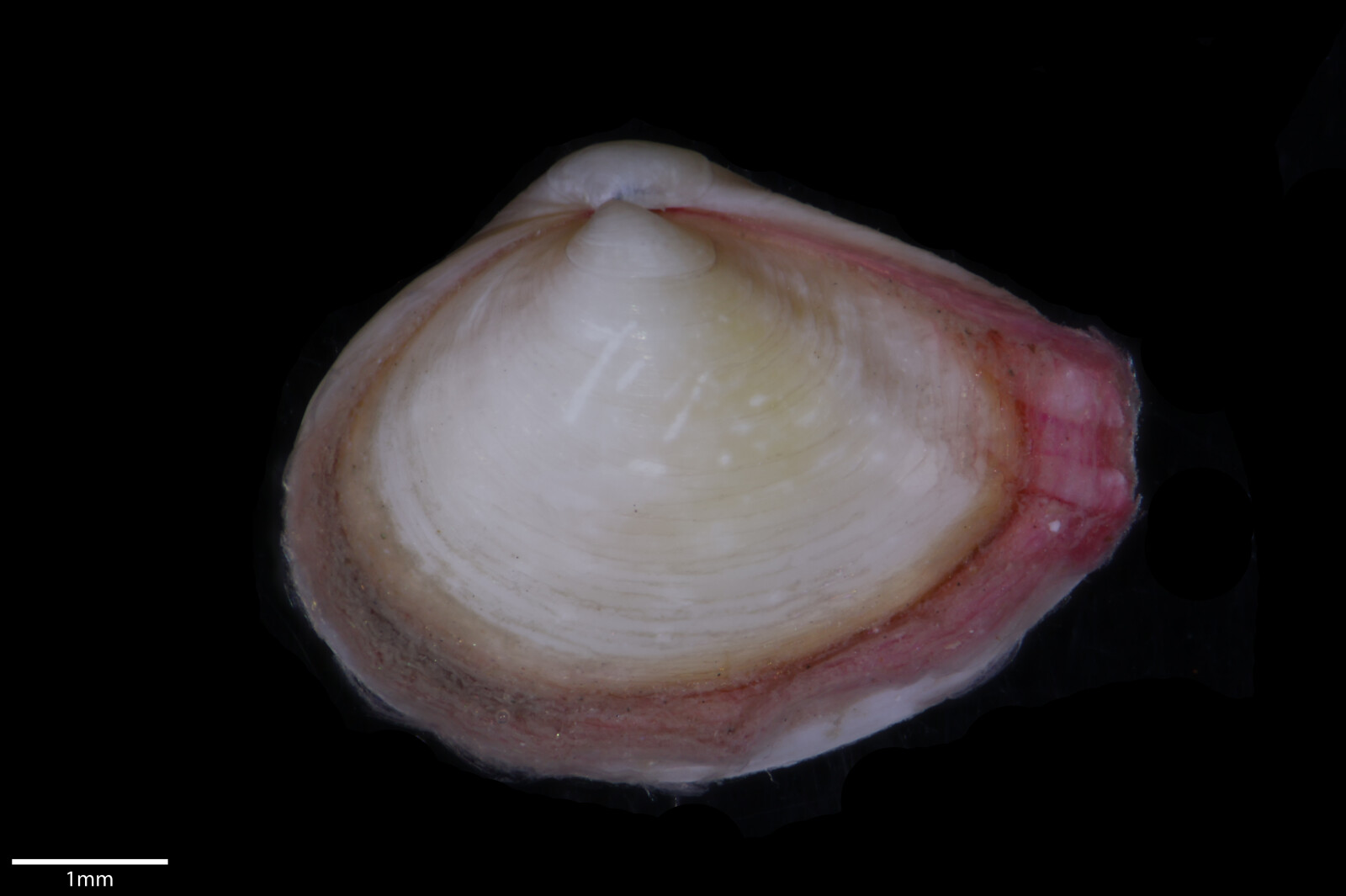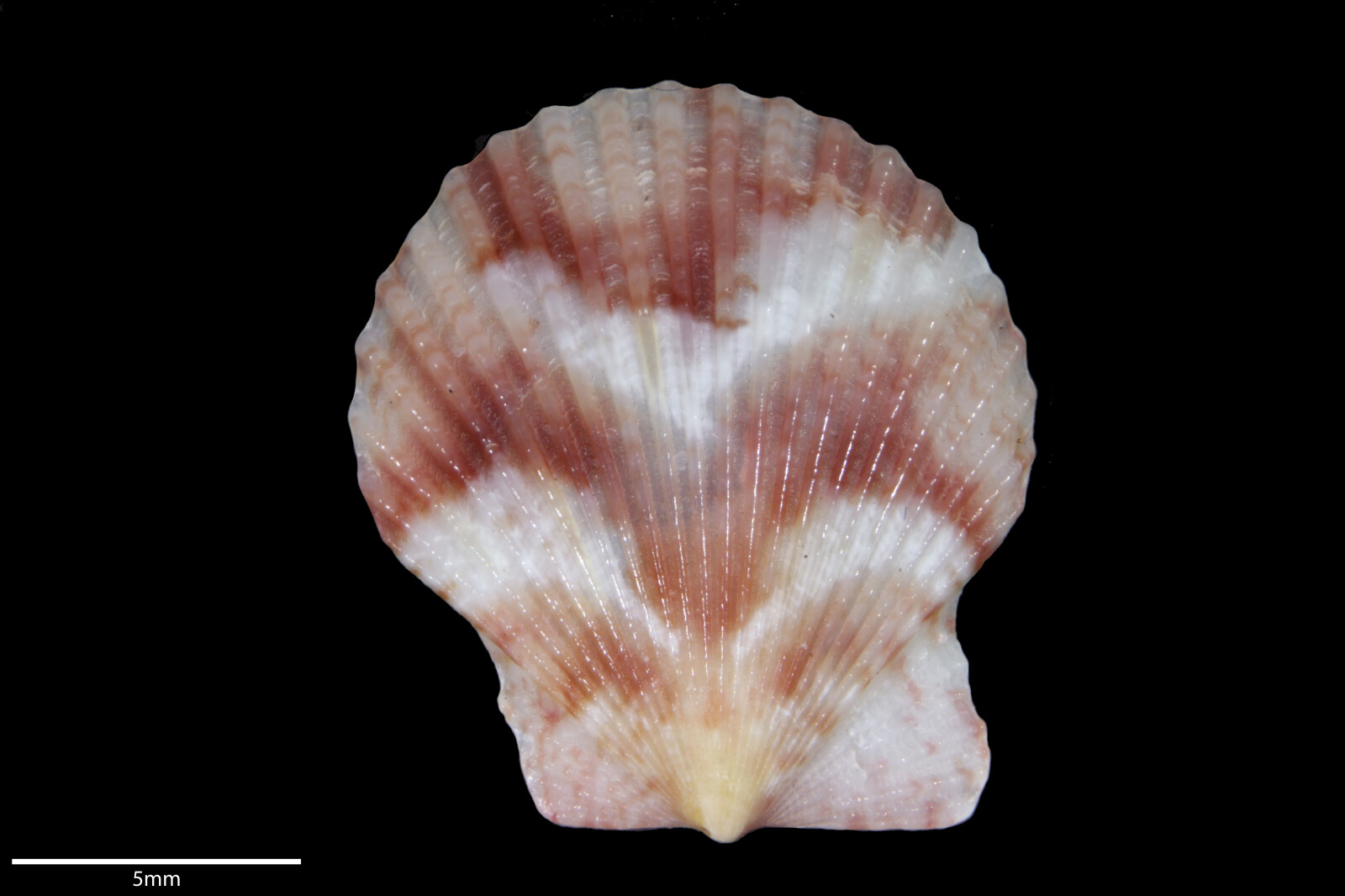Straeon y Streic: Neil Kinnock
, 13 Rhagfyr 2024
Yn y gyfres yma o Straeon y Streic fe glywn ni am y gorau a gwaetha o fywyd yn ystod y flwyddyn a newidiodd fywydau glowyr, eu teuluoedd, yr heddlu a gwleidyddion wrth iddynt hel atgofion am beth oedd bywyd fel rhwng 84-85.
Mae Straeon y Streic yn rhan o arddangosfa Streic 84-85 Strike sydd i'w gweld yn Amgueddfa Genedlaethol Caerdydd tan Ebrill 27 2025.

© Richard Williams
Doedd yr un lofa yn mynd i fod yn rhywbeth oedd yn para am byth. Roedd pawb oedd yn gysylltiedig â’r diwydiant glo yn cydnabod hynny. Ond fel unrhyw berson synhwyrol, roeddwn i eisiau unrhyw newid sy’n cynnwys cau pyllau i gael eu hystyried yn llawn, ei seilio ar ffeithiau, ei gyfiawnhau mewn economeg go iawn a dadansoddiad daearegol gyda sail resymegol i bopeth. Roedd hwnnw’n safbwynt strategol a oedd yn ystyried anghenion ynni ein gwlad a lles ein cymunedau. Ni dderbyniodd y Llywodraeth yr un o’r amcanion hyn. Roedd Glo Prydain wedi’i wladoli yn faich ariannol ac Undeb y Glowyr yn rhwystr milwriaethus i raglen cau pyllau. Roedd yn rhaid cael gwared ar y ddau.
Mae yna achosion o wledydd datblygedig yn trefnu’r symudiad i ffwrdd o’r diwydiannau echdynnol a thrwm drwy baratoi, talu iawndal, ymgynghori, cynllunio lleol, ailhyfforddi ac annog buddsoddiad mewnol. Ni chafwyd hynny yn y DU. Roedd cau diwydiant yn golygu cau cymuned. Lleihau diogelwch, incwm, ffitrwydd corfforol a meddyliol, cyfalaf cymdeithasol, grym diwylliannol.
Yn ogystal ag arwyddocâd cenedlaethol cyffredinol y diwydiant glo, roedd y problemau yn wleidyddol ac yn bersonol i mi. Ym 1984 roedd 6,000 o lowyr yn fy etholaeth a llawer ohonyn nhw’n ffrindiau i mi. Roedd fy nhad, teulu estynedig yn Nhredegar ac Aberdâr, fy nau daid, a chwe ewythr, i gyd yn lowyr yn eu tro.
Roedd un yn gapten y ffas yng Nglofa’r Tŵr, sef y lofa olaf i gau yn ne Cymru. Roedd cyflogaeth yn y ddwy dref yn ymwneud â’r diwydiant glo, gan gynnwys dur a gwaith peirianneg. Gwnaeth fy mam, a oedd yn Nyrs Ardal, fy magu i gredu mai glowyr oedd y dynion gorau ac mai ardaloedd fel ein hardal ni oedd y cymunedau cryfaf a mwyaf cynhyrchiol.
Roedd pleidlais pen pwll wedi bod erioed - er, dros y degawdau, doedd streiciau cenedlaethol ddim yn ffordd gyffredin o ddatrys problemau. Rhwng Streic Gyffredinol 1926 a 1972, doedd na’r un streic genedlaethol gan y glowyr. Daeth streic genedlaethol 1974, yr un yr honnir a ddymchwelodd Llywodraeth Heath, ar ôl pleidlais pen pwll genedlaethol. Ym 1984, fodd bynnag, llwyddodd Scargill i osgoi cynnig opsiwn streic i Gynhadledd Genedlaethol Arbennig yr NUM, ac felly osgoi pleidlais ddemocrataidd. Roedd hyn oherwydd roedd yn meddwl y byddai’n colli pe byddai pleidlais yn cael ei chynnal - cafodd ei drechu ynghynt yn ‘83. Roedd yn benderfynol o ddibynnu ar bicedu yn hytrach.
Roeddwn i - a llawer o lowyr - yn gwybod fod hyn yn risg enfawr: byddai peidio cael pleidlais yn sicr o rannu’r gweithlu yn ogystal â lleihau’r tebygrwydd o gydsafiad cefnogol gan weithwyr eraill ym maes trafnidiaeth, gorsafoedd pŵer a’r dociau. Pan ddatgelwyd y realiti hwn i Scargill, cefais i ac eraill ein hanwybyddu.
Roedd Scargill yn ddyn deallus ac yn areithiwr arbennig. Roedd hanes, realaeth, a synnwyr cyffredin i gyd yn dweud ei bod hi’n dwp dibynnu ar wrthdaro a phicedu. Ond pan fyddai’n symleiddio’r anghydfod drwy ofyn y cwestiwn heriol ‘Ar ochr pwy ydych chi?’ roedd yn amhosibl i bobl - yn enwedig y glowyr ifanc a oedd yn dibynnu ar ddyfodol i’r glo ar gyfer bywoliaeth - i beidio cael eu llyncu yn y brwdfrydedd, yn enwedig pan ddywedwyd wrthyn nhw fod y stoc glo bron â dod i ben a’r Llywodraeth yn gwywo.
Byddai Arthur Scargill yn gwneud gofynion a rhoi gorchmynion o’r llwyfan ac o’i swyddfa yn Sheffield - ond nid oedd strategaeth. Ar ôl i’r streic ddechrau - yn eironig ond ar ddamwain - cynigiodd beth oedd yn ymddangos fel proses effeithiol a bwriadol, ond nid oedd yn bodoli oni bai yn ei ben. Doedd gan Scargill ddim cynllun. I’r gwrthwyneb, roedd gan lywodraeth Margaret Thatcher strategaeth gadarn iawn, ac fe gafodd ei rhoi ar waith yn ddidrugaredd.
- Cafodd Ian McGregor ei benodi gan y Prif Weinidog fel cadeirydd y Bwrdd Glo Cenedlaethol. Roedd ganddo enw fel "dyn caled", wedi’i ddatblygu fel rheolwr corfforaethol yn yr UDA ac wedi’i atgyfnerthu yn ystod ei gyfnod yn cadeirio Corfforaeth Dur Prydain.
- Cyflwynodd ei llywodraeth ddeddfwriaeth a oedd yn tynnu buddiannau oddi wrth deuluoedd streicwyr.
- Cydlynodd heddluoedd Prydain mewn ffordd hollol newydd, gan ddefnyddio’r Swyddfa Gartref a Chymdeithas Prif Swyddogion yr Heddlu i greu sefydliad cenedlaethol na welwyd o’r blaen na wedyn yn y DU.
- Ac - yn hanfodol - sicrhaodd y stôr glo mwyaf erioed - tua 40% yn fwy nag erioed o’r blaen a’i gadw ar gyfer gorsafoedd pŵer, gweithfeydd golosg, a dociau.
Roedd hi wedi gwneud y paratoadau hyn ar gyfer amhariad ar y cyflenwad ynni yn dilyn ei setliad ar gyfer yr anghydfod dros dâl y glowyr ym 1981 ac ar sail y "Cynllun Ridley" a luniwyd gan un o’i Gweinidogion ar ôl cwymp Llywodraeth Heath ym 1974 - colled a adawodd y Ceidwadwyr yn chwerw dros ben.
Roedd y llywodraeth wedi paratoi’n dda ar gyfer anghydfod hir. Ond allen nhw fyth fod wedi rhagweld dau ddatblygiad a oedd o fantais enfawr iddyn nhw: Yn gyntaf, doedden nhw fyth wedi meddwl y byddai’r glowyr yn streicio heb bleidlais, yn ail, doedden nhw fyth wedi breuddwydio y byddai streic glo yn dechrau yn y gwanwyn. Roedden nhw’n elfennau a fyddai’n amlwg yn gweithio yn erbyn y glowyr. Roedd gan y Llywodraeth adnoddau diri ac, yn fanteision ychwanegol, cawson nhw’r tywydd a’r rhaniad yng ngweithlu’r glowyr. Roedd gan y glowyr ddewrder ac ymroddiad ac achos ymarferol dros lo - ond dim byd arall. Glowyr yn picedu yn erbyn glowyr yn gweithio, gyda’r heddlu, yn aml mewn niferoedd enfawr gyda threfniant milwrol, ceffylau a chŵn yn dal y tir rhyngddyn nhw. Roedden nhw’n disgrifio eu hunain fel ‘y cig yn y frechdan’.
O ystyried yr angerdd, ac agwedd rhai unedau’r heddlu, roedd gwrthdaro yn anochel. Mewn trefi a phentrefi glofaol traddodiadol, lle roedd yr heddlu yn cael eu hystyried fel pobl ddibynadwy a oedd yn rhan o’r gymuned, dinistriwyd y berthynas honno. Rhannwyd teuluoedd, ac mewn rhai ardaloedd, rhannwyd cymdogaethau. Roedd bod yn "fradwr" yn cael ei drin fel pechod marwol. Mewn rhai ardaloedd, lle roedd y mwyafrif yn parhau i weithio, roedd streicio yn cael ei ystyried yn frad. Wrth i’r streic fynd yn ei blaen am flwyddyn - ac am flynyddoedd wedyn - roedd dyled, tlodi, lefelau uchel o ddiweithdra, poen meddwl, rhaniad a phryder.
Ceisiodd pobl oresgyn hyn i gyd gyda dewrder aruthrol. Daeth teuluoedd at ei gilydd a daeth cymunedau yn agosach. Ond doedd hynny ddim yn gyffredinol. Cynyddodd nifer teuluoedd yn chwalu a methu talu morgeisi, troseddau a hunanladdiad. Un datblygiad cadarnhaol a ddaeth i’r amlwg yn y meysydd glo oedd bod menywod, yn ystod y streic, wedi bod yn arwain.
At ei gilydd, fe wnaethon nhw sicrhau'r pethau oedd o bwys: bod pob teulu yn cael pryd o fwyd, bod pob plentyn gyda rhywbeth i’w agor ar ddiwrnod y Nadolig, bod neb yn gorfod teimlo fel derbynnydd elusen gan fod pawb yn cyfrannu rhywbeth. Dros gyfnod byr o amser, esblygodd ceginau cawl yn sefydliadau cymunedol a oedd wedi’u trefnu’n dda ac yn strategol ac wedi’u hariannu gan gyfraniadau pobl leol, undebau llafur eraill gartref a thramor a drwy godi arian yn ddi-baid. Bu rhai menywod yn teithio ledled y DU ac, yn aml, teithio dramor i bledio’r achos dros lo a chymunedau.
Buon nhw’n ffynnu yn y rolau hyn, gan ddarparu arweinyddiaeth o ansawdd nad oedd yn cael ei gynnig gan rai o’r dynion yn eu cymunedau yn aml.
Ym mis Gorffennaf a Medi 1984, ynghyd â Stan Orme, a oedd yn ymdrin ag Ynni yng Nghabinet yr Wrthblaid, lluniais gynigion i reoli cau’r pyllau drwy broses o archwilio arbenigol annibynnol a gwerthuso economaidd. Cawson nhw eu derbyn gan y Bwrdd Glo Cenedlaethol. Gwrthododd Scargill nhw yn syth heb eu dangos nhw i unrhyw un o swyddogion gweithredol yr NUM. Fel dywedodd Stan (ymgyrchydd undebau llafur gydol oes) "dydy Arthur ddim yn undebwr llafur - dydy o ddim yn credu mewn negodi".
Yn y pen draw, mae hanes y streic yn llawn arwriaeth - a’r gwyrdroi a fu ar y rhinwedd hynod hwnnw.
Neil Kinnock, gwleidydd, Aelod Seneddol Bedwellte ac Islwyn 1970-1994, Arweinydd y Blaid Lafur, 1983-1992.











